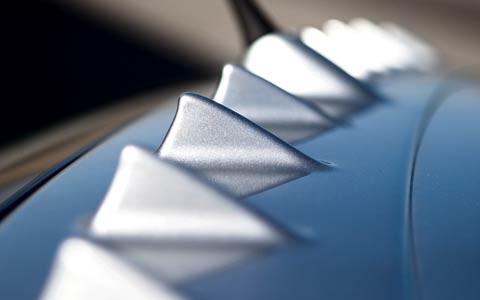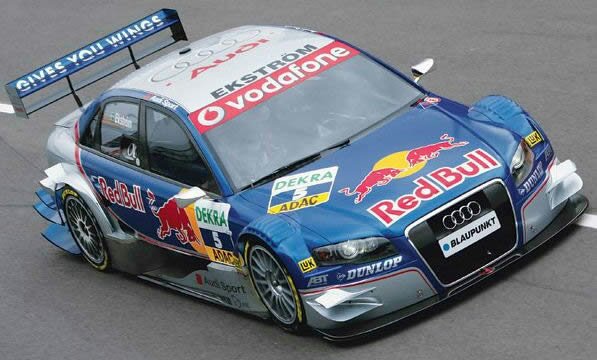Old Geek
Pattern Altitude
I was at the Subaru dealership this morning. You can buy vortex generators for your WRX. I couldn't find a salesperson to ask whether they would cause your stall to break more gently and not turn into a spin...
Bunch of the little "Fast and Furious" racers use VGs. Not just a Subaru thing.
Any idea why? Don't VGs typically generate more lift which is typically bad for ground vehicle handling?

Any idea why? Don't VGs typically generate more lift which is typically bad for ground vehicle handling?
 I've actually thought about buying them in the past just as a test bed. Really don't care for the looks of tiny fins on the top of my vehicle though.
I've actually thought about buying them in the past just as a test bed. Really don't care for the looks of tiny fins on the top of my vehicle though.Any idea why? Don't VGs typically generate more lift which is typically bad for ground vehicle handling?
The theory is they cause air to flow down the rear of the car and create more down force. It's what every FWD import needs

The Subaru is actually a AWD car and the WRX, especially the STI, is quite the car.
Only VGs I've seen were on the MR Evo (also a AWD turbo car)

If it actually did anything to reduce drag and increase speed, or mileage, they would be standard on every Prius, or Chevy Volt. If they actually did anything to improve the cornering of a car, you would see them on Porsches, Corvettes, BMWs, etc. We see them because they are ridiculous car fashion. Just like red brake calipers, those stupid little hoops they put on the back of Civics, or the ubiquitous wing.

If it actually did anything to reduce drag and increase speed, or mileage, they would be standard on every Prius, or Chevy Volt.
If it actually did anything to reduce drag and increase speed, or mileage, they would be standard on every Prius, or Chevy Volt. If they actually did anything to improve the cornering of a car, you would see them on Porsches, Corvettes, BMWs, etc. We see them because they are ridiculous car fashion. Just like red brake calipers, those stupid little hoops they put on the back of Civics, or the ubiquitous wing.
